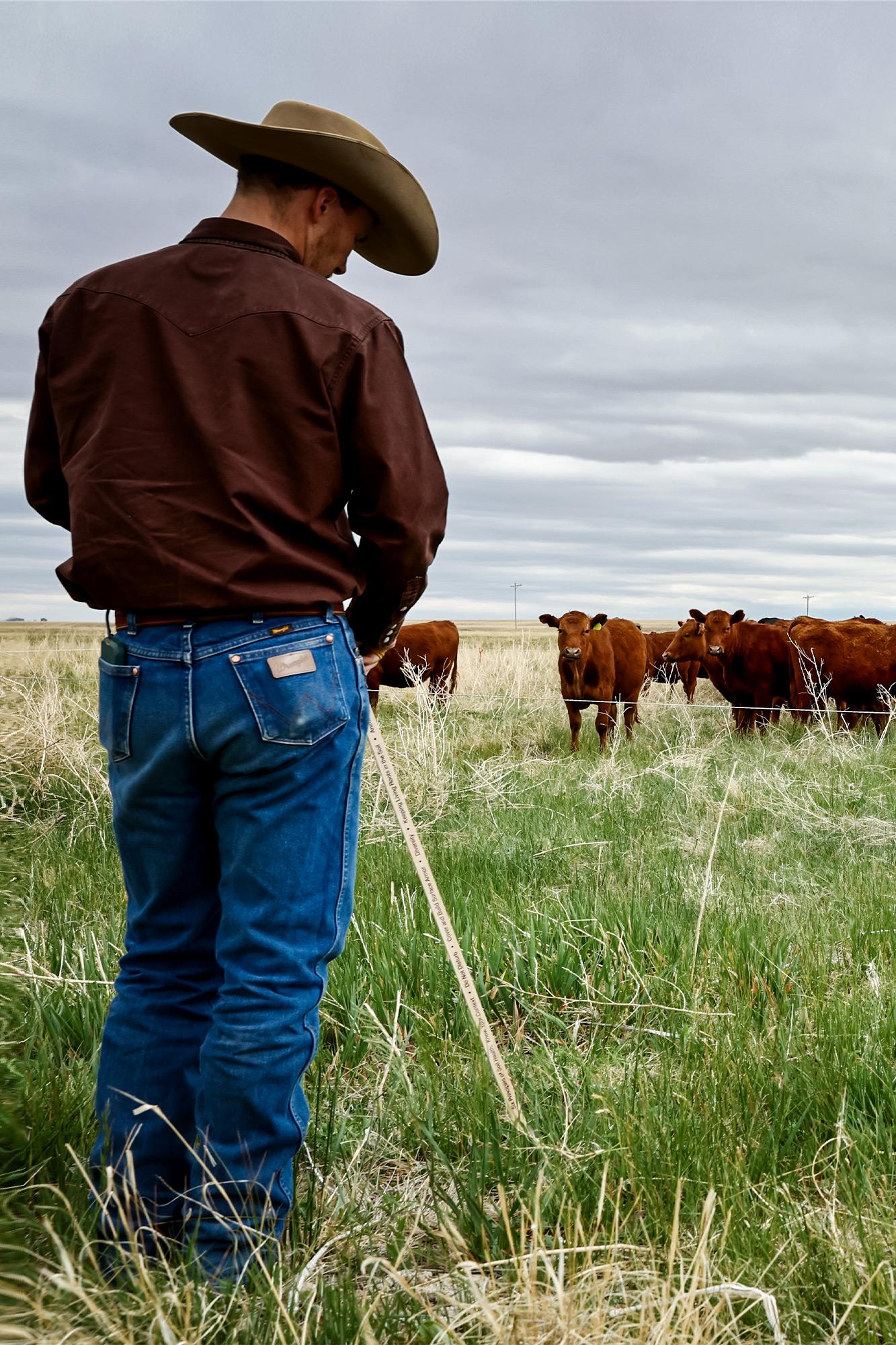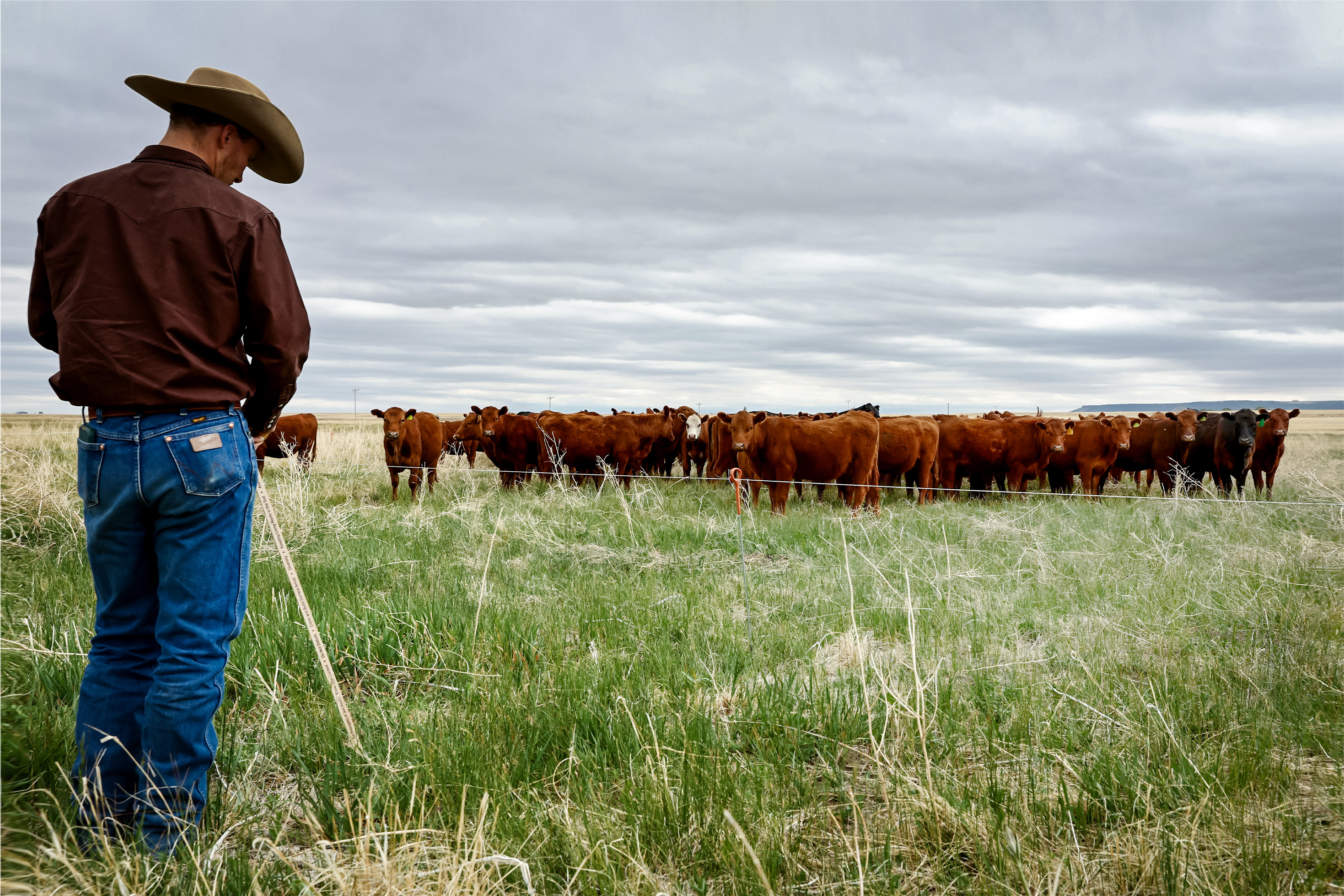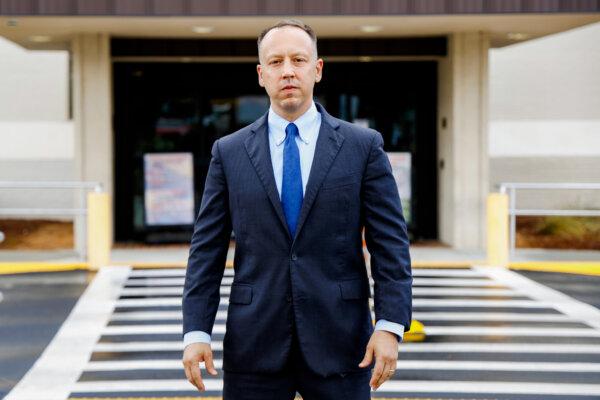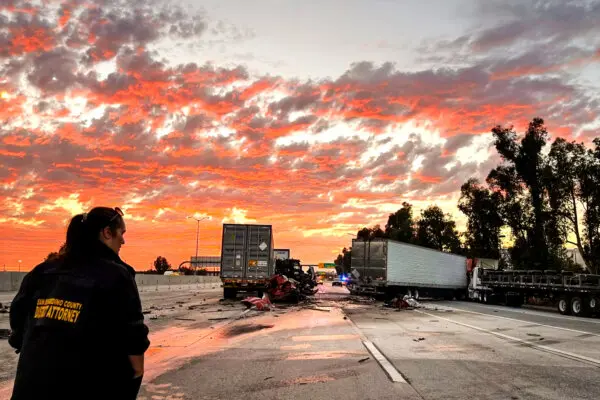As America’s ranchers struggle to earn a living, domestic cattle herds are shrinking to the lowest numbers in 70 years, and cattle farmers are exiting the business by the tens of thousands each year, leaving the United States ever more dependent on imports, agriculture analysts say.
A new report from the Federal Reserve Bank of Kansas City highlights the plight of cattle farmers, stating that higher interest rates are now putting many of them into the red.











